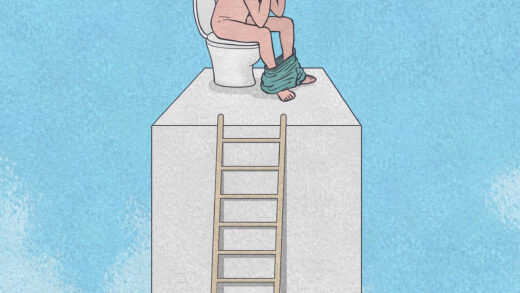- It has been two years since we have observed a worldwide pandemic caused by a coronavirus.
- Even now the footprints of covid19 can be traced from every state due to its large impact.
- Along with this, a new virus is emerging showing its increasing steps in our lives named “Monkeypox virus”.
- Thus it becomes important for us to learn about it in detail.
- In the following article, we have brought you complete information about the monkeypox virus.
What do you understand by Monkeypox?
- Monkeypox is considered to be a viral disease.
- It belongs to the family of smallpox by looking at its symptoms.
- It is already known by scientists worldwide since 1958 when its first case was found in lab monkeys used for research and investigation.
- This viral disease is most commonly seen in regions of Central and West Africa.
- The problematic concern of its outbreak is being shown by health officials in May 2022.
The outbreak.
- Being native to the African land, this viral disease is now getting spread to other parts of the world.
- According to a CDC report of June 2022, 35 monkeypox virus cases have been confirmed in U.S and 1000 cases across the world.
- Monkeypox virus is a zoonotic virus, which means it spreads from animals to humans.
- It is also found to spread from other primates like rodents including rats, rabbits, etc. Also, people can transmit it from one to another person.
- The first recognized human infection of monkeypox was in 1970 in the Democratic Republic of Congo.
Transmission of monkeypox.
- Monkeypox can spread from one person to another through nearby contact.
- It can get transmitted from an infected person to a healthy being via :
- Contact with body fluids like blood
- Things or equipment being touched by an infected person to come into your contact including bedding, clothing, etc.
- Infected animals come into contact (by biting or scratching)
- Eating contaminated meat or meat-related products
- Contact with monkeypox cuts on their skin
- Respiratory droplets
- Though skin cuts or breaks
- Though not known as a sexually transmitted disease, having intercourse with an infected person can lead to disease due to nearby contact.
Symptoms of “Monkeypoxvirus disease”
Unlike all other diseases, there are several symptoms specific to the monkeypox virus. However, it takes generally one to two weeks to get completely ill from the monkeypox virus and show the symptoms. The major observations are mentioned as follows:
- Painful Rashes turning into bumps
- Bumps resemble blisters and are filled with pus.
- Initially, one or two bumps may be observed
- Rashes are generally seen in the pubic area, genitals, and around the anus
- Bumps do occur in stages.
- Tiredness and headaches
- Chills or shivers
- Difficulty in breathing
- Muscular pain
- Pian in backbone
- Swelling in throat
- Cough (mainly dry)
- Swollen lymph nodes
- Fever or flu-like symptoms before the rash occurs (some may not feel them at all)
- Pain in your pelvic area
- Rectal bleeding
- Painful inflammation in the rectum lining and genitals
- tenesmus
Of all the symptoms mentioned above, rashes do start the observatory phase. Once you get a fever, a bump may pop up (mainly on your face and genitals)
- Rashes are commonly observed to occur on hands legs, feet, and genitals.
- There is a particular pattern of rashes. They are flat and round cuts that are filled with pus or vesicles.
How dangerous is the “Monkeypox virus”?
- A person affected by this virus needs a minimum of 2 to 4 weeks to recover.
- It can be serious in children and people of old age.
- Also, it tends to severely affect people with a weak immune system.
- Death is possible only in severe cases, other than that is rare.
Potential serious problems that may arise from monkeypox include secondary infections like Encephalitis, Infection of the cornea, Bronchopneumonia, and Sepsis.
Treatment.
- Even if there is no officially known treatment for this viral disease, a person may take regular body checkups on noticing any symptoms.
- Also, should avoid any physical contact with the infected person.
- Lastly, prevention is better than cure. So no need to panic and take preventive measures to be safe.
- Stay safe, eat healthily and stay hygienic.











Amazing write up!!!
Easy to understand…